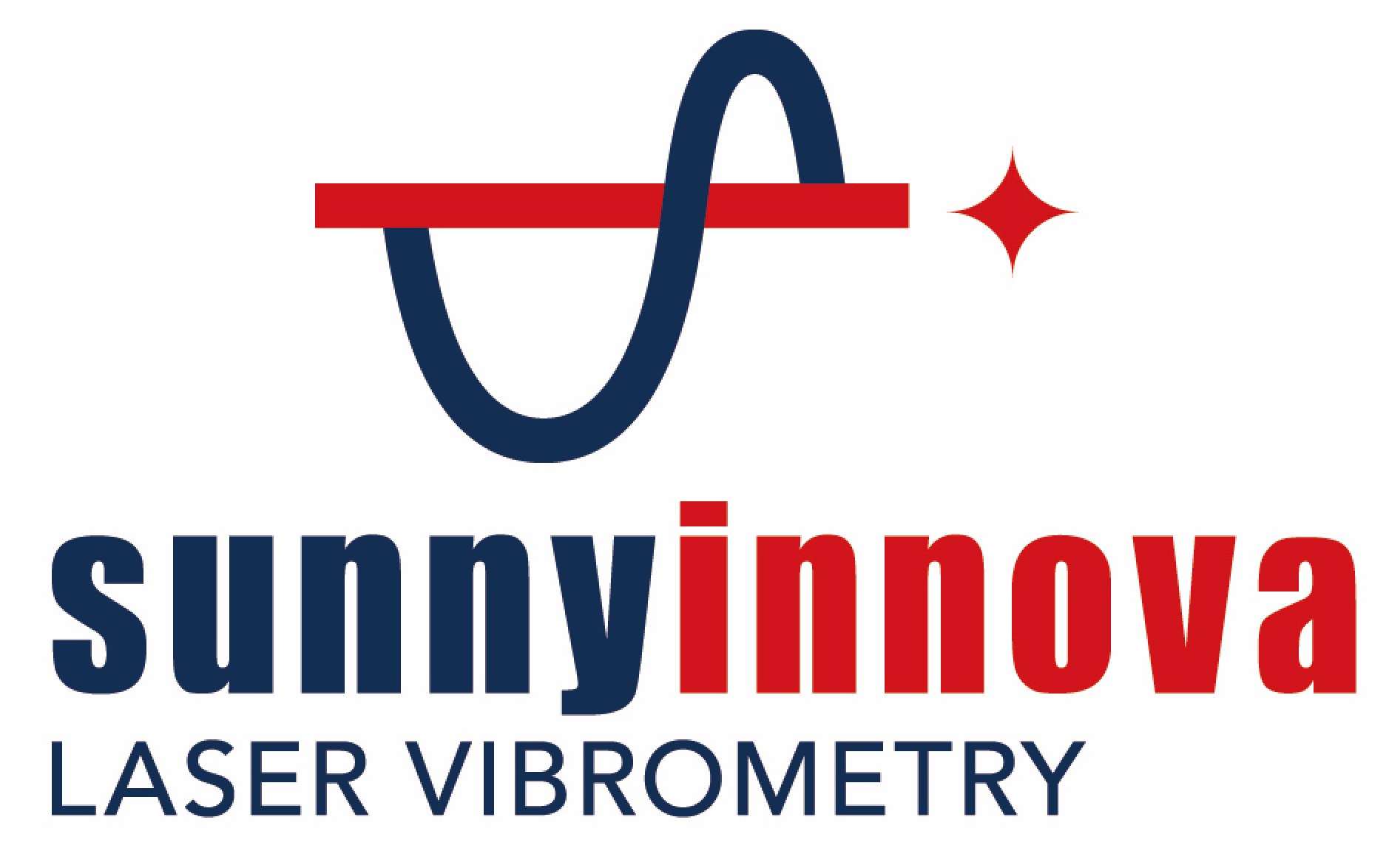Introduction: Understanding the Basics of optical vibrometerOptical vibrometer is a valuable tool used in science and engineering to measure and analyze the vibrations of solid objects. It works by using laser beams to measure the frequency and amplitude of mechanical vibrations. The resulting data can be used to study the physical properties of materials, such as stiffness or elasticity, and to detect structural defects or damage.Advantages of Optical VibrometerOne of the primary advantages of using an optical vibrometer is its non-contact nature. Unlike traditional contact sensors, an optical vibrometer can measure vibrations without actually touching the material, making it ideal for delicate or sensitive specimens. Additionally, optical sensors can measure a wide range of vibrations, including very high or low frequency vibrations, which may be difficult to detect with other types of sensors.Applications of Optical VibrometerOptical vibrometers are used in a variety of applications, including material science, mechanical engineering, biomedical engineering, and more. For example, in material science, an optical vibrometer can be used to measure and analyze the physical properties of various materials, including composites and polymers. In mechanical engineering, an optical vibrometer can be used to detect and diagnose faults in machinery, such as worn bearings or misaligned components.Working Principle of Optical VibrometerAn optical vibrometer works by using a laser beam to measure and analyze the vibrations of a solid object. The laser beam is directed at the object, and as the material vibrates, the laser beam is reflected back towards the detector. The reflected beam is then analyzed to determine the frequency and amplitude of the vibrations.Types of Optical VibrometerThere are several types of optical vibrometers, including scanning laser vibrometers, Doppler vibrometers, and heterodyne vibrometers. Each type has its own advantages and limitations, and the selection of the right type depends on the specific application requirements.Factors to Consider When Choosing an Optical VibrometerWhen choosing an optical vibrometer, there are several factors to consider, including the required measurement range, accuracy, and sensitivity, as well as the size and portability of the equipment. Additionally, the cost of the instrument and the required expertise for operation and data analysis should also be considered.Future Directions in Optical VibrometerAs technology continues to advance, there is a growing interest in developing new and improved optical vibrometers. Some of the areas of research include the development of compact and portable systems, as well as the integration of multiple sensors for simultaneous measurements. There is also a desire to improve the accuracy and speed of measurements, as well as the resolution of the systems.Challenges in Optical VibrometerAlthough optical vibrometers offer many advantages, they also face several challenges. One of the primary challenges is the interference from ambient vibrations, which can affect the accuracy and sensitivity of the measurements. Additionally, the cost of the equipment and the need for specialized expertise can limit the accessibility and use of optical vibrometers for some applications.Conclusion: Optical Vibrometer - An Essential Tool for Scientists and EngineersOptical vibrometers are a versatile and valuable tool used in science and engineering to measure and analyze the vibrations of solid objects. While they face some challenges, these instruments offer numerous advantages, including non-contact measurement, wide measurement range, and high accuracy. As technology continues to advance, the future of optical vibrometry looks promising, offering even more advanced and sophisticated tools for scientists and engineers.Quote InquiryContact us








